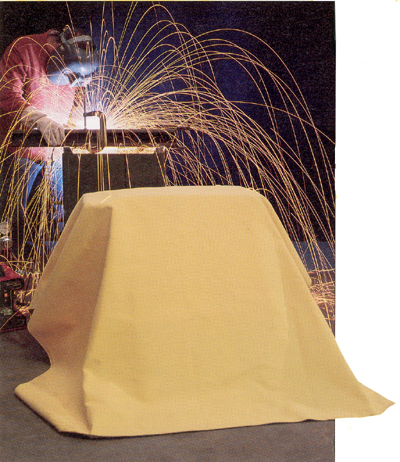In the Navy as well as private industry, welding is
widely used by metalworkers in the fabrication, main-
tenance, and repair of parts and structures. While there
are many methods for joining metals, welding is one of
the most convenient and rapid methods available. The
term welding refers to the process of joining metals by
heating them to their melting temperature and causing
the molten metal to flow together. These range from
simple steel brackets to nuclear reactors.
Welding, like any skilled trade, is broad in scope and
you cannot become a welder simply by reading a book.
You need practice and experience as well as patience;
however, much can be gained through study. For in-
stance, by learning the correct method or procedure for
accomplishing a job from a book, you may eliminate
many mistakes that otherwise would occur through trial
and error.















